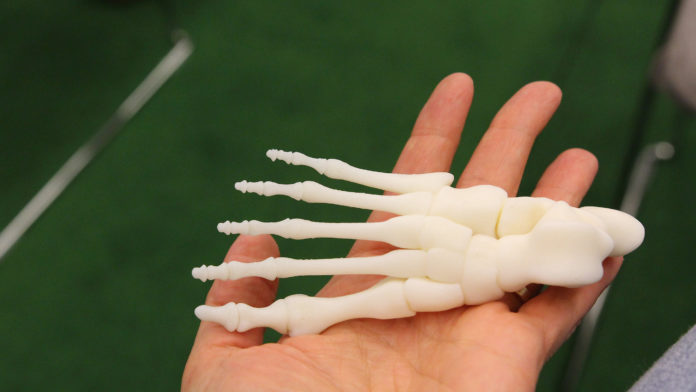There may be very few who have not read that wonderful magic tale about the siblings who had such a gift that whatever they drew became real. Japanese scientists have now made that tale real, raising hopes of a fantastic solution to the perpetual shortage of human organs.

They have developed a way to print stable biological structures using ‘bio-ink’, an advance that may some day lead to printed human organ replacements. The study has been published in the journal Macromolecular Rapid Communications. Before any real applications though, “bioprinting” still faces many technical challenges. Processing the bio-ink and making it stick to itself and hold the desired printed gel structure have been proving particularly difficult especially in inkjet printing.
Scientists have developed a way to print stable biological structures using ‘bio-ink’, an advance that may some day lead to printed human organ replacements.
Few methods currently exist for gluing bio-ink droplets together and these do not work for every kind of cell, motivating new alternative approaches. Building on their previous work, researchers at Osaka University in Japan have now refined an enzyme-driven approach to sticking biological ink droplets together, enabling complex biological structures to be printed.
“Printing any kind of tissue structure is a complex process. The bio-ink must have low enough viscosity to flow through the inkjet printer, but also needs to rapidly form a highly viscose gel-like structure when printed. Our new approach meets these requirements while avoiding sodium alginate. In fact, the polymer we used offers excellent potential for tailoring the scaffold material for specific purposes,” said Shinji Sakai, from Osaka University.
“Our new approach meets these requirements while avoiding sodium alginate. In fact, the polymer we used offers excellent potential for tailoring the scaffold material for specific purposes,” said Sakai, lead author of the study. The researchers’ new approach is based on hydrogelation mediated by an enzyme, horseradish peroxidase, which can create cross-links between phenyl groups of an added polymer in the presence of the oxidant hydrogen peroxide.
Although hydrogen peroxide itself can also damage cells, the researchers carefully tuned the delivery of cells and hydrogen peroxide in separate droplets to limit their contact and keep the cells alive. More than 90 per cent of the cells were viable in biological test gels prepared in this way. A number of complex test structures could also be grown from different types of cells.


